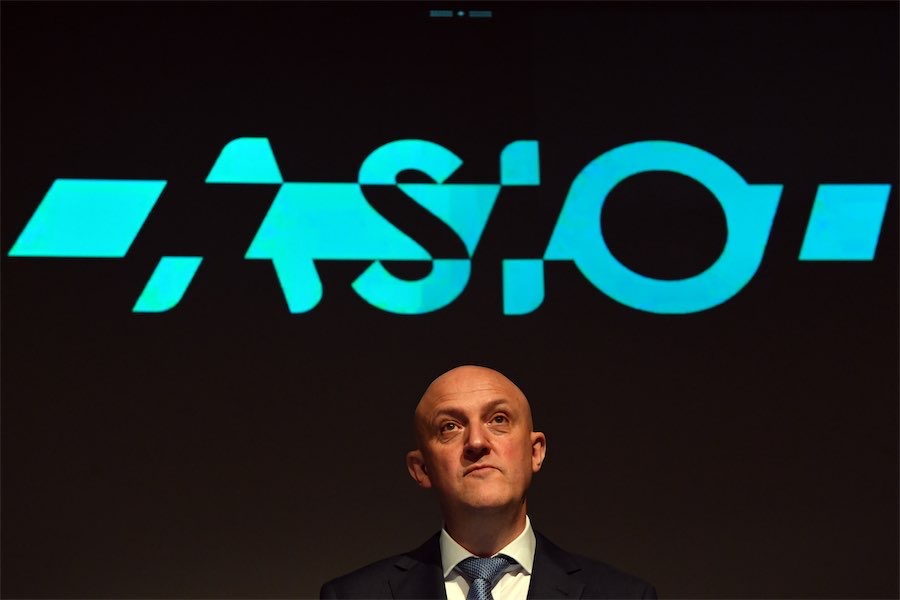
By Jennifer Dudley-Nicholson in Brisbane
THE newest solution for making electric cars go further is, quite literally, out of this world.
Inspiration for the battery-boosting idea struck Italian entrepreneur Fabrizio Martini while working at NASA, creating an electric vehicle to roam the planet Venus.
The result – artificially intelligent software analysing data from electric cars – could add as much as 100 kilometres of range to a standard vehicle.
Industry experts say the smart software is one of several ways electric cars and their batteries could evolve in the coming years and could also play a role in conserving tyres and warning about breakdowns months before they happen.
The software solution developed by Mr Martini, named EVE-Ai and launched by his firm Electra Vehicles, uses data gathered by vehicles and broken down by artificial intelligence and machine learning.
That information includes the car’s current route, weather conditions, how many passengers are in the vehicle and, most importantly, the driving style of the person behind the wheel.
“Electric vehicles generate a massive amount of data, whether that’s from sensors in vehicles or synthetic (software) sensors,” he says.
“Putting it all together can create a personalised recommendation for how to extend the range based on that particular car or battery and the driver or journey.”
The software gives individual drivers recommendations on whether to speed up or slow down and advises them about when and how much to recharge their vehicle through a feature called Dynamic State of Charge.
By following its instructions, Mr Martini says, electric vehicle drivers could add the equivalent of a quarter of a tank of fuel to their vehicles.
“We have added up to 28 per cent (battery range) with a Tesla Model S, Tesla Model 3 and a Nissan Leaf,” he says.
“Adding 20 to 28 per cent extra battery means giving the driver 50 to 100 kilometres of extra range and that could make a big difference between choosing an electric vehicle or not.
“Even adding five to 10 per cent could make a difference between reaching home or not or reaching the grocery store or not.”
The technology could also be used to extend the life of a vehicle battery, Mr Martini says, “doubling” it to as many as 16 years.
As well, the software is able to reliably warn drivers about a pending battery breakdown and issue a warning three months before it happens.
Electra’s technology will feature inside electric cars from Chinese manufacturer Pateo in conjunction with BlackBerry’s IVY software platform.
BlackBerry Technology Solutions chief operating officer Vito Giallorenzo says electric cars are part of an evolution in the automotive market that will mean vehicles transform from “dumb” machinery into advanced consumer technology.
“In the past, vehicles were mechanical but there wasn’t a lot of software,” he says.
“If you blow up a car, you’d see a lot of wires with little pieces of computer – small controllers – and it wouldn’t look like a phone.
“When you blow up a car of the future, you’ll have bigger units that are very powerful and it is like what happens if you open up a computer or a phone.”
Using analytical software, Mr Giallorenzo says, companies will be able to issue warnings about when to replace “less critical components of the car” like brake pads and tyres, as well as extend an electric vehicle’s battery life.
“Range anxiety has been a big hurdle,” he says.
A survey by the Consumer Policy Research Centre found more than one in three Australians named concerns about how far an electric car can travel on a single charge as a potential barrier to buying one.
But Electric Vehicle Council policy head Dr Jake Whitehead says recent advances in battery technology, including batteries with greater density and lithium iron phosphate batteries that don’t use cobalt or nickel, are helping address those concerns.
As a result, most modern, entry-level electric cars are equipped to travel between 300km-400km on a charge – a distance he says suits most drivers.
While software battery boosts will help ease uncertainty for new buyers, Dr Whitehead says all drivers will ultimately need more charging infrastructure in Australia.
“The key to resolving range anxiety is still having a comprehensive national fast-charging network; one that’s reliable and one where you have visibility of where they are and when they’re available,” he says. “We’re not there yet.
“It’s about drivers knowing when they do go on long trips they can have confidence that the infrastructure is there.”
Who can be trusted?
In a world of spin and confusion, there’s never been a more important time to support independent journalism in Canberra.
If you trust our work online and want to enforce the power of independent voices, I invite you to make a small contribution.
Every dollar of support is invested back into our journalism to help keep citynews.com.au strong and free.
Thank you,
Ian Meikle, editor





Leave a Reply